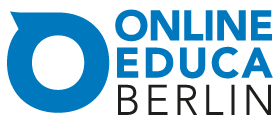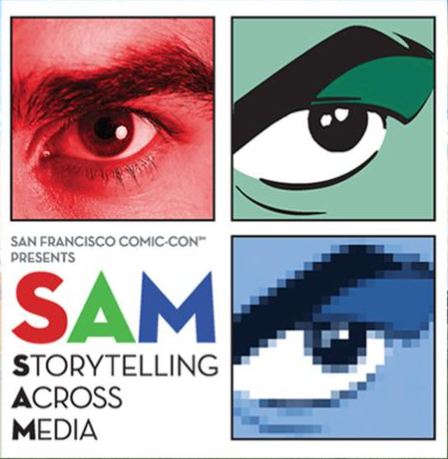 In the recent Chief Learning Officer magazine, I wrote an article on the basics of the cognitive science of learning. Given the evidence that “L&D isn’t doing near what it could and should, and what it is doing it is doing badly, other than that it’s fine” (as I say), at least one of the potential barriers is that L&D isn’t truly aware of what science says about their profession.
In the recent Chief Learning Officer magazine, I wrote an article on the basics of the cognitive science of learning. Given the evidence that “L&D isn’t doing near what it could and should, and what it is doing it is doing badly, other than that it’s fine” (as I say), at least one of the potential barriers is that L&D isn’t truly aware of what science says about their profession.
And I truly believe that if you’re a professional, you should be aware of the fundamental scientific basis of your profession. Pilots need to know aeronautics, physicians need to know physiology, etc. And therefore, I reckon L&D needs to know the cognitive background. But there’s more.
Knowing a suitable level of cognitive science is one thing, using that to assess your practices is another. Too often, we have what we call ‘inert knowledge’: we know it, but we don’t apply it. That’s not helpful. What has to happen is that processes need to be evaluated, improvements identified, interventions prioritized, enablement enacted, and progress reviewed. It’s just part of being a professional!
There are other sorts of audits possible (I know folks who do performance audits, and knowledge audits, etc), but I’m increasingly thinking that the one that matters is the one that aligns with how our brains work. Not at the neural level (there’s little of impact there), but at the cognitive level. Note that cognitive science includes social, conative and affective components (e.g. the culture and motivation), and neural, for that matter ;).
This isn’t an academic exercise. The increasing competition enabled by technology already suggests that optimal execution is only the cost of entry, and continual innovation will be the only sustainable differentiator. Both are cognitive functions, and the best outcomes will only be achieved when organizations are acting in accordance with how we think, work, and learn. This is about equipping your organization to kick some proverbial tail.
I’m drafting an initial such instrument, with associated recommendations. I welcome your thoughts, and any interest in engaging around this.


 Last week, at Online Educa in Berlin, I gave a tutorial on deeper elearning as a pre-conference event. In it, I talked about getting more meaningful objectives, writing practice that actually develops meaningful outcomes, and content (concepts & examples) aligned to support effective practice. I also talked about emotional engagement and social learning, before talking about revising design processes to incorporate these deeper elements in an effective and not-too-different approach. In short, I was talking about aligning our designs, and our design processes, to how we think and learn.
Last week, at Online Educa in Berlin, I gave a tutorial on deeper elearning as a pre-conference event. In it, I talked about getting more meaningful objectives, writing practice that actually develops meaningful outcomes, and content (concepts & examples) aligned to support effective practice. I also talked about emotional engagement and social learning, before talking about revising design processes to incorporate these deeper elements in an effective and not-too-different approach. In short, I was talking about aligning our designs, and our design processes, to how we think and learn.
 This is another instance of how folks can get high benefit from a small engagement. Picking my brain can be valuable, but it’s not a fair engagement unless we make it mutually rewarding. That’s not so hard to do, however. Just so you know.
This is another instance of how folks can get high benefit from a small engagement. Picking my brain can be valuable, but it’s not a fair engagement unless we make it mutually rewarding. That’s not so hard to do, however. Just so you know.